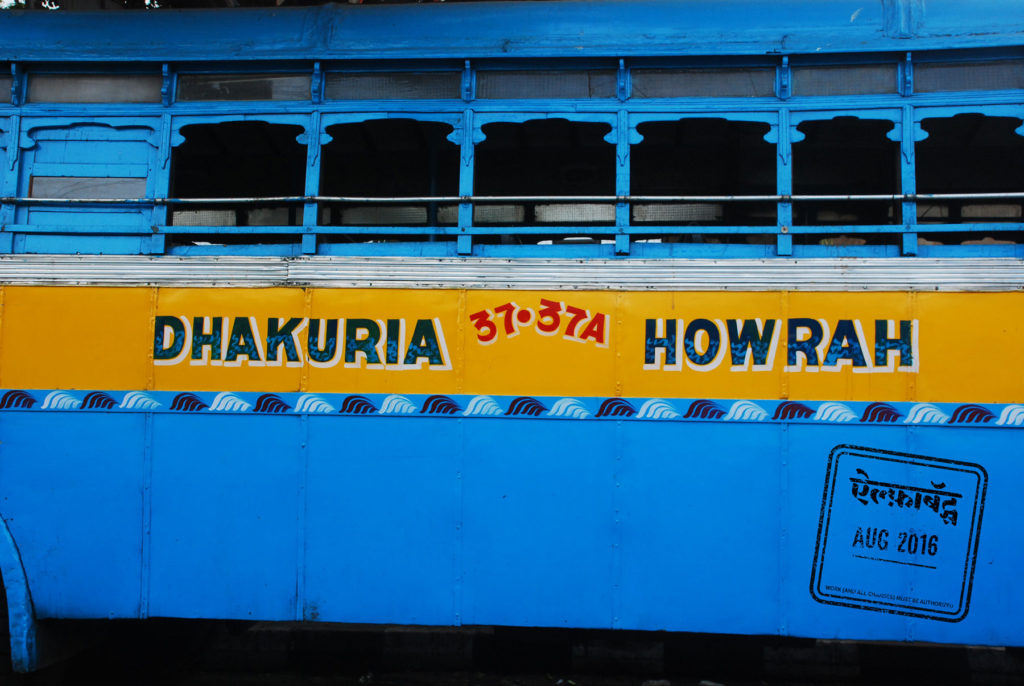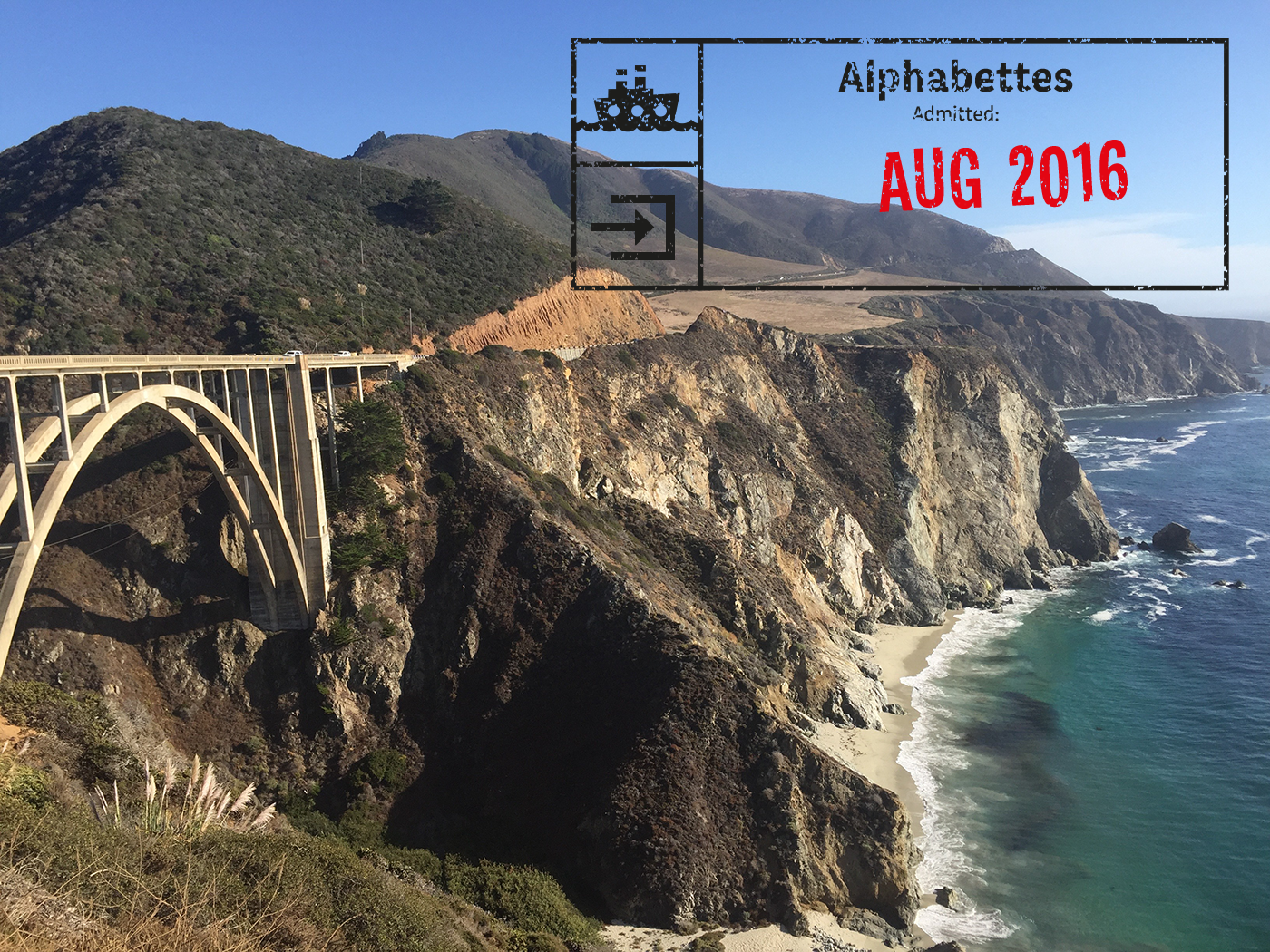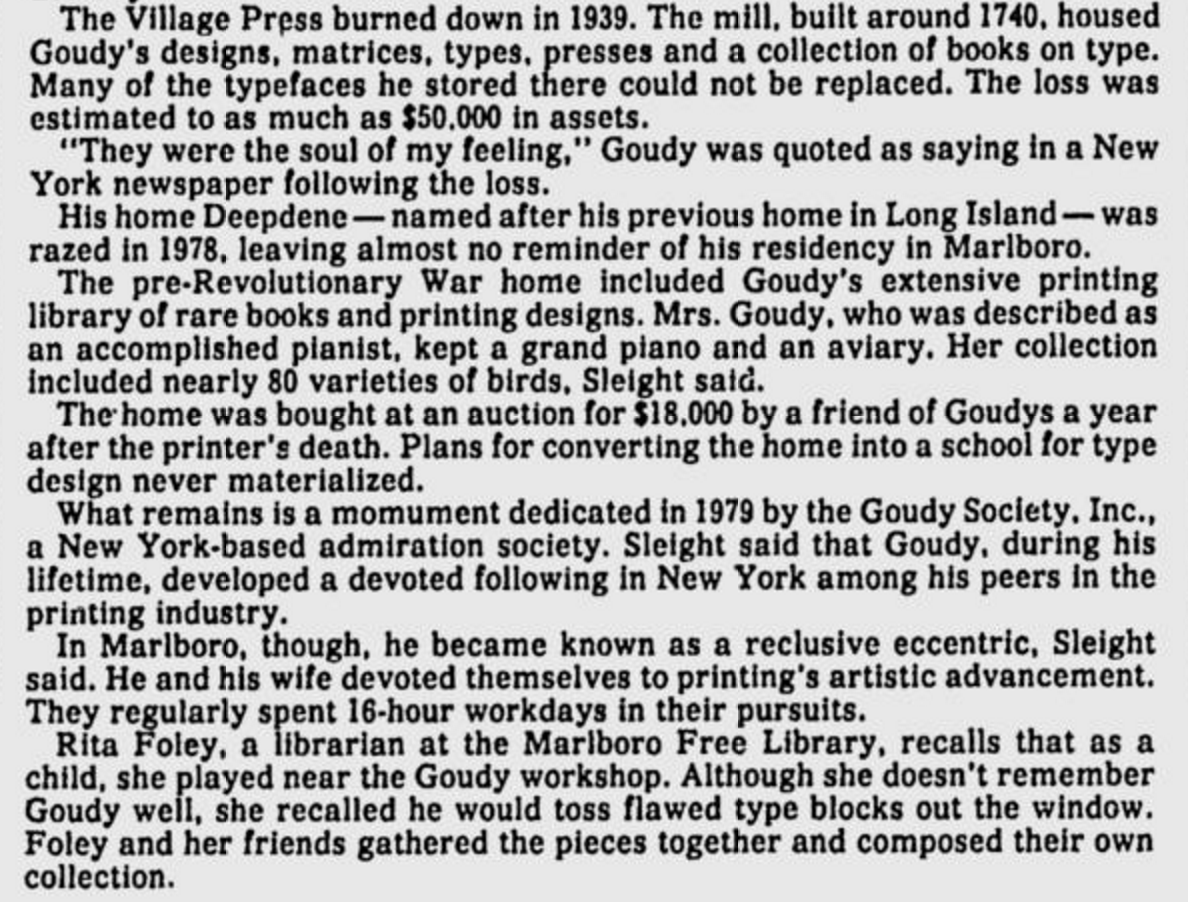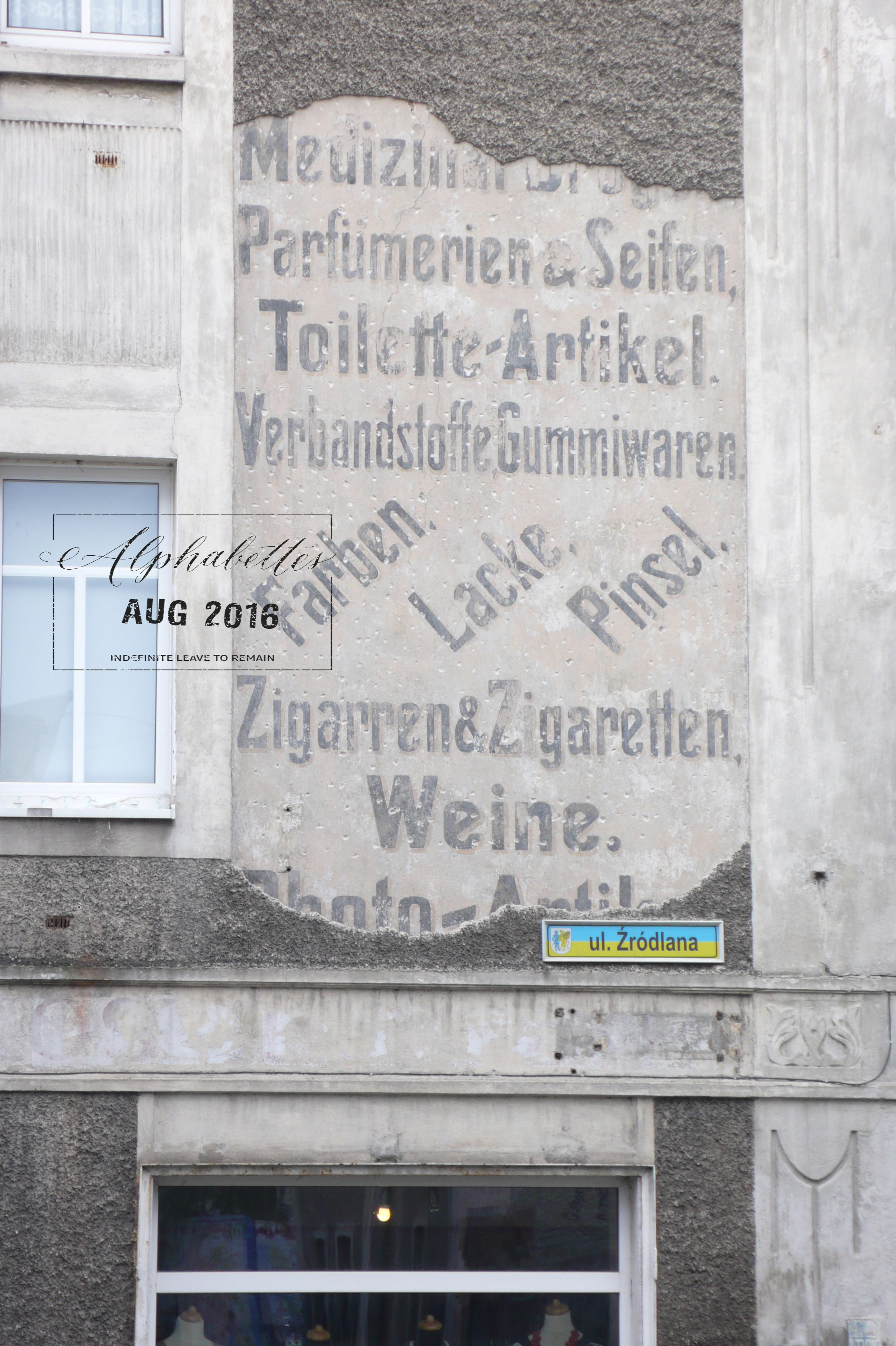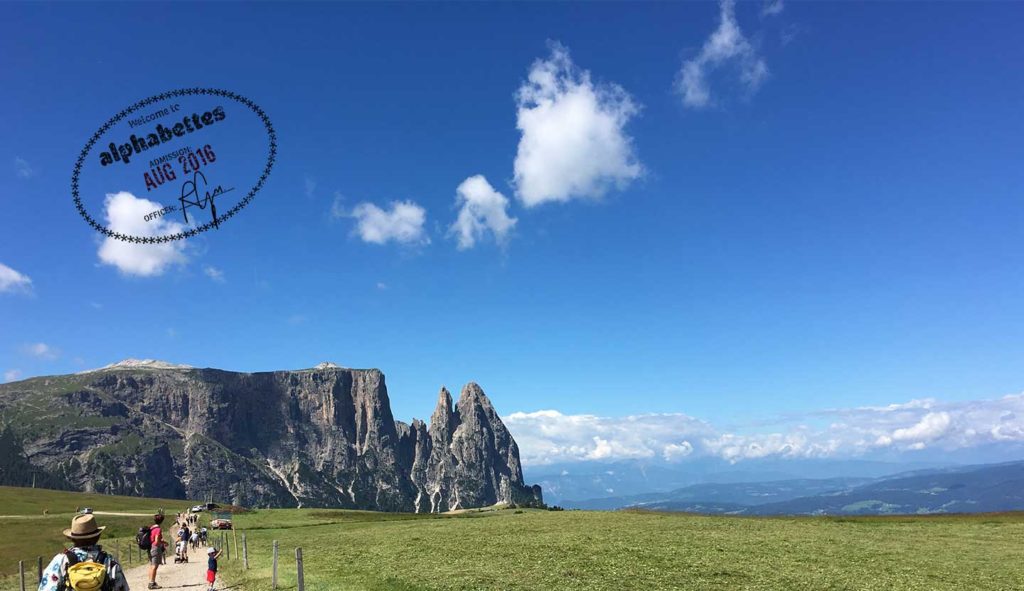Este artículo está también disponible en español
The Congreso Internacional de Tipografía (International Congress of Typography & Type Design) takes place every two years in Spain, in the Eastern city of Valencia. It is a very special conference in our country because, in addition of being the first main event in type, it is the only one that covers typography and type design from three different perspectives: education, research and design. As a result, researchers, educators, students, graphic and type designers meet to exchange their knowledge and share common interests. In this occasion two Alphabettes members, Laura Meseguer and María Ramos, were in Valencia taking notes of every talk and have eagerly reported their experience in an informal conversation. Laura was not only an attendee but she also took part of the TypeCrit session helping novel type designers to develop their skills.


